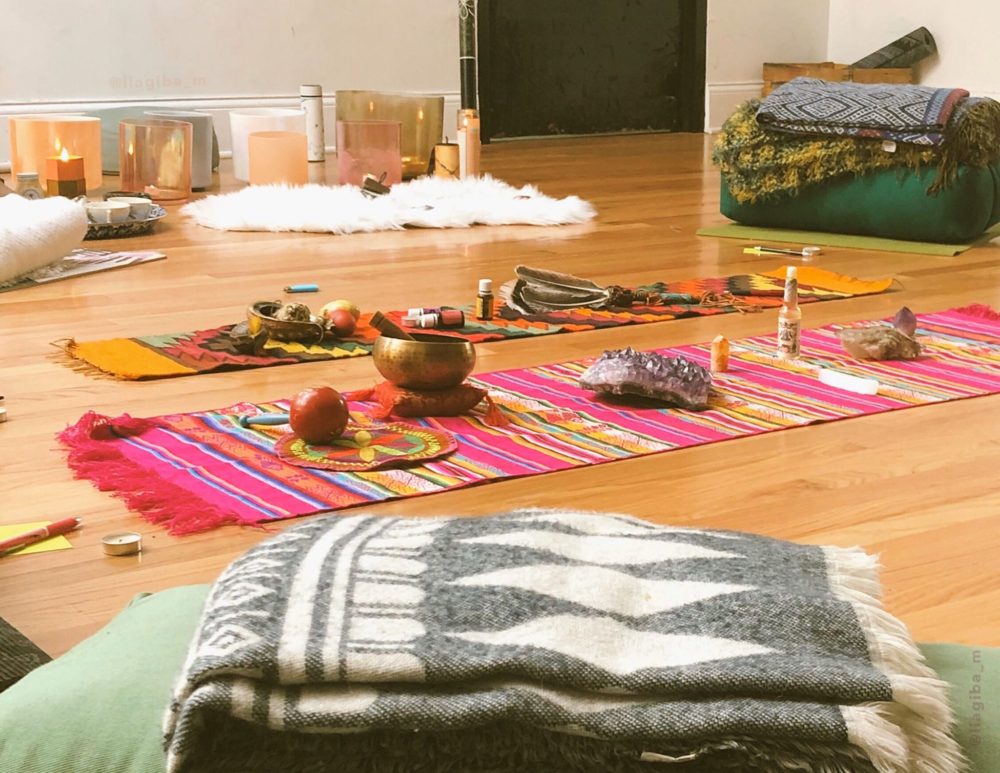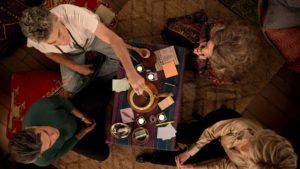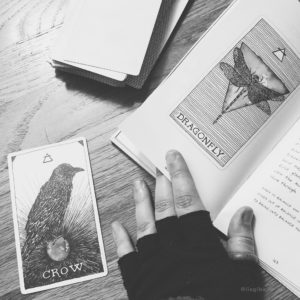Ashes to Ashes: Lent Begins
Before I dive into Catholicism, let me outline the goals, resources, and everything else for this immersion. Remember how I said I was going to use the scientific method to explore religion? Well, that is the system I plan to use in order to focus each immersion, while also giving you a clear understanding of what I’m doing. Here we go.
Question: What exactly do Catholics believe in? How do they practice their faith? What does it mean to live a Catholic life?
Research: I will seek out various articles about Catholicism and specifically Lent, as well as read from the following books: King James Version of The Bible, Catholic Customs and Traditions by Greg Dues, Catholicism All-In-One for Dummies by Consumer Dummies, Idiot’s Guides Catholicism by Julie Young, and The Hope of Lent: Daily Reflections from Pope Francis by Diane M. Houdek. I will visit The Art Institute of Chicago and look at various art pieces that depict Christian religious themes. I will regularly be checking the Twitter account for Pope Francis (@Pontifex) so I can see what he is saying during Lent. I will learn through surveys about other’s experiences with Catholicism. I will seek out information on the history of Lent, as well as general information about Catholicism. I have loose plans to interview a Catholic priest in late March or early April.
Hypothesis: This experience will help repair my view of Catholics and Catholicism. I will gain a deeper understanding of Catholicism that is free from bias.
Experiment: I will fast and abstain on Ash Wednesday and Good Friday, and abstain from meat (poultry, beef, pork, lamb, venison, etc.) during all the Fridays of Lent. I will attend mass and receive ashes on Ash Wednesday. I will attend all Sunday masses during Lent, as well as Easter Sunday at Old St. Patrick’s Church in Chicago. I plan to make ample time for prayer and religious study. During Lent I will (big goal) either prepare food at home regardless of method or eat in person at a restaurant, and (small goal) nothing I consume can fall under the category of fast food. I will also refrain from worshipping Pagan deities during Lent.
So, today is Ash Wednesday, the first day of Lent. Catholic guidelines are that today is a day of fasting, for those age 18 to 59, and abstinence. I recently spoke to the Director of Ministries at Old St. Patrick’s Church here in Chicago, and she told me that you are allowed to have one simple meal, or two smaller meals that would not exceed the amount you’d eat if you were only having one meal. Ultimately, this restriction of food is about living humbly. The Twitter account for Pope Francis posted today, “Fasting means knowing how to renounce vanities […], to get to what is essential. It means seeking the beauty of a simpler life.” During my phone call the Director also enlightened me to the fact that attending mass, and receiving ashes, is not a requirement of the Catholic Church, however attendance is extremely high on this day. Now I am paraphrasing, but she also explained that receiving the ashes was a way to not simply think of our mortality, but to focus our thoughts on where we’ve been and to look forward to where we are going as we progress towards union with God.
The Director also took the time to explain a brief history of Lent, that Confession, or the Sacrament of Reconciliation, can be a healing experience, and that Catholics view the Eucharist as not a symbol for the body of Christ, but as his literal body. I think the most profound thing she said to me was to be “generously receiving.” That when others at Old St. Pat’s might use terms I’m unfamiliar with, they are not doing so in an effort to deliberately exclude me. That, the feeling of exclusion from Catholicism, is actually a big drive to why I wanted to experience Catholicism in this manner.
When I was eleven I briefly attended a Catholic school. I’d been bullied at my public school, and thought I might find somewhere else free from that. What I instead found was that I felt the most ostracized and othered at Catholic school than I’d ever felt in my life. Some of the other girls in my grade learned I wasn’t Catholic, and staring down at my legs I hadn’t begun shaving yet, asked me “What religion are you?” with a tone suggesting that I was in some deep way very different from them. (That was the first time I felt ashamed of having hair on my legs.) When all of us students attended mass together I didn’t kneel and do the sign of the cross prior to sitting down. Apparently some of my classmates took issue with this and told the teacher about it. The teacher, knowing I was not Catholic, simply told me to do it from then on so the other kids would stop talking. Catholicism became this performative thing; this checklist of ways to fit in, but I never got the feeling of belonging. I was vaguely Christian at the time, but was of no particular denomination. I had grown up believing that there was a God and a Jesus and that Jesus had died and all of those things. But I had never gone to church, and I didn’t have any guidelines to follow in that belief. But because I wasn’t Catholic, I might as well have been an alien; or so it felt. In the end, the school and I weren’t a good fit for each other and I stopped attending midway through sixth grade. But the damage had been done. I went from being vaguely Christian to rejecting Christianity altogether. I didn’t feel welcome or loved, and if I wasn’t good enough as I was, then I didn’t need that belief system at all. (Cue “a chance to be blasphemous through” Patti Smith’s lyric “Jesus died for somebody sins, but not mine” in the song “Gloria.”)
I’ve gotten a few responses to my call for Catholics, current and former, to talk to me, and I see the same sentiments from them: a feeling of not belonging. One woman described how her faith “outgrew the Church” and how others “weren’t as open-minded.” She believes in the teachings of Jesus, but does not see him within “strict Catholicism” as she puts it. Another individual said that they grew up Catholic, so it was all they knew, but remarked how as they grew older it “felt so strange.” That individual is now an atheist.
So, when the Director of Ministries at Old St. Patrick’s said that people aren’t using terms to keep me out, I felt a hesitancy in my heart to believe her. But on the other hand, the Director herself had such a warm, friendly demeanor that is helping to soothe that doubt. She knows I am not Catholic, but still welcomed me to attend services at Old St. Pat’s, spoke to me for an hour on the phone the other day, and said that if I ever had any questions I was free to email her. I felt truly welcomed and accepted by a Catholic for, I believe, the first time in my entire life. Is she an example of what it truly means to be a Catholic? Have I finally experienced the love of Jesus by way of his follower? I really hope so. Another woman, Sarah, who responded to me about her faith, told me that she had explored converting from Catholicism to Lutheranism, but that she couldn’t “stray from [the] Christian teaching of Jesus as savior.”
Jesus is at the heart of Lent, as the Lenten season is a way to live and connect to Jesus’ 40 day fast in the desert where he was tempted by Satan. I haven’t done extensive research into that story yet, but I see the parallels of it to the practice of Lent. Believers deny themselves something as a way to get back to Jesus and turn away from sin. There is also a deep focus on prayer. Pope Francis, in his message for Lent this year, says, “Despite the sometimes tragic presence of evil in our lives, and in the life of the Church and the world, this opportunity to change our course expresses God’s unwavering will not to interrupt his dialogue of salvation with us.” I like this idea of prayer as dialogue with God. Less an asking for something or a speaking to the air.
Pope Francis also says, “I ask Mary Most Holy to pray that our Lenten celebration will open our hearts to hear God’s call to be reconciled to himself, […] and to be converted to an open and sincere dialogue with him.” Well, I openly and sincerely set upon myself to undo what I’ve learned about Catholicism and gain new knowledge about Jesus, and I would love God to teach me if he feels like talking.


